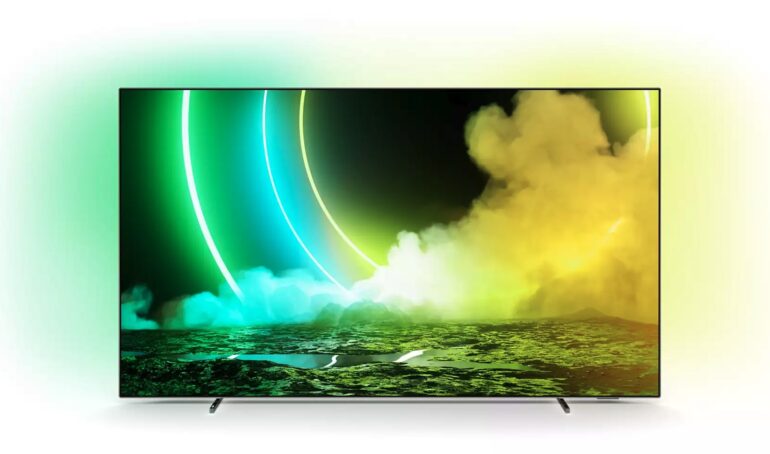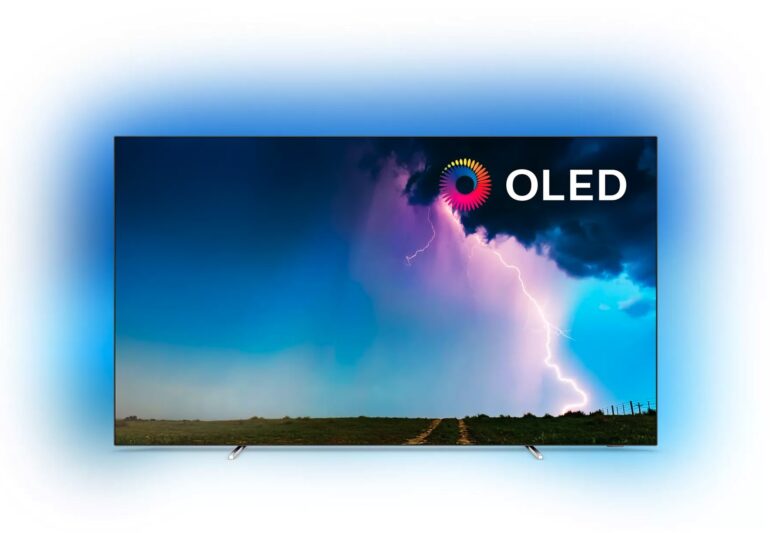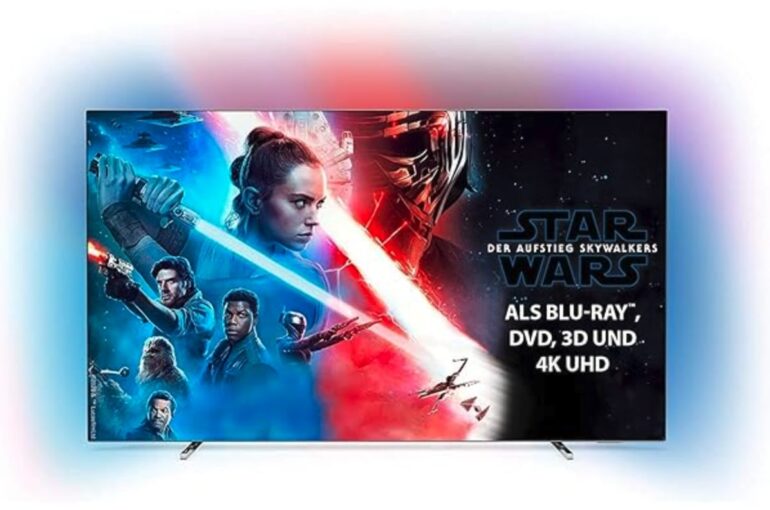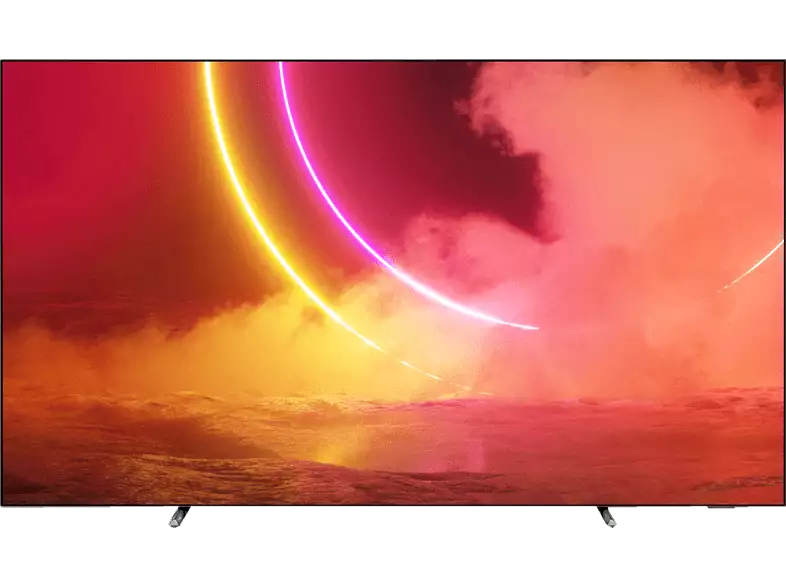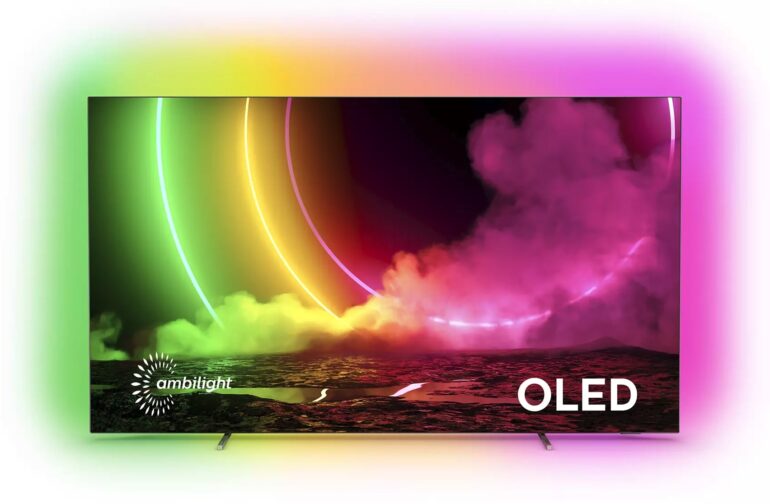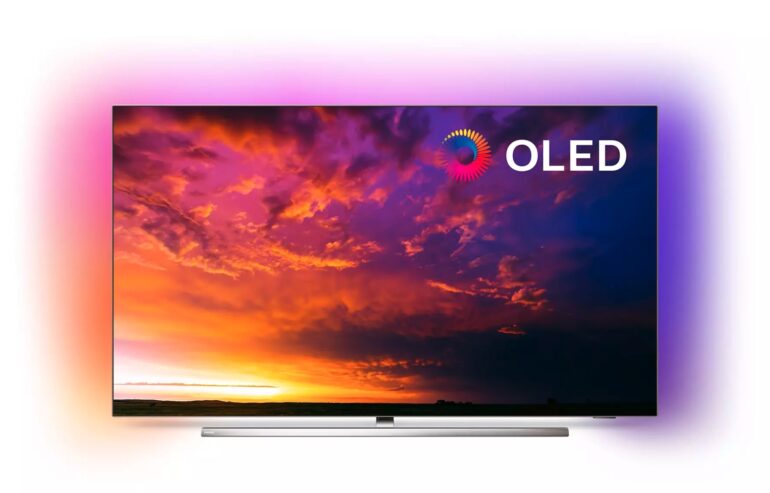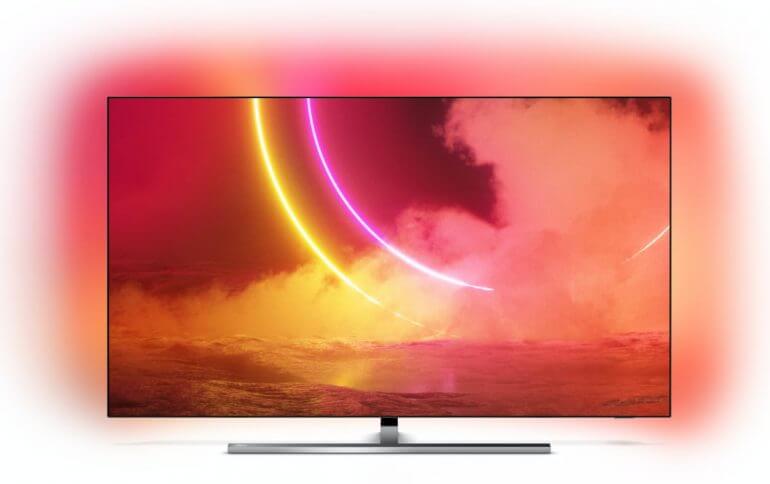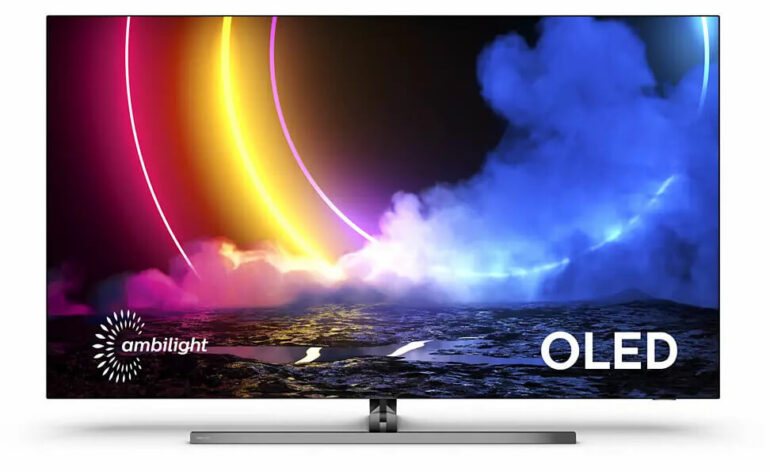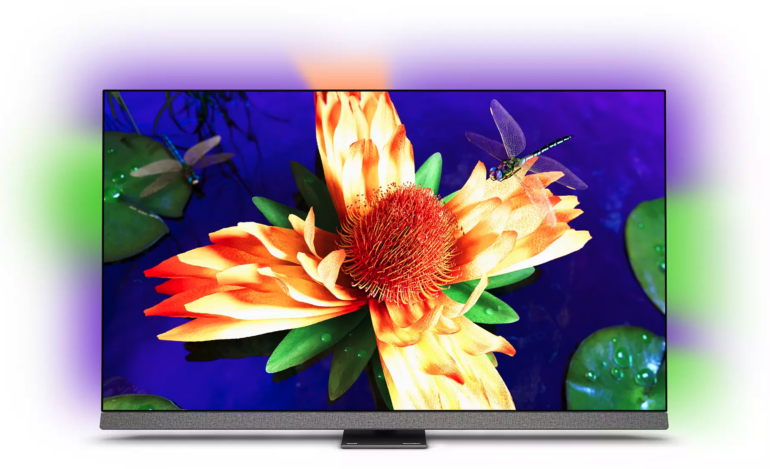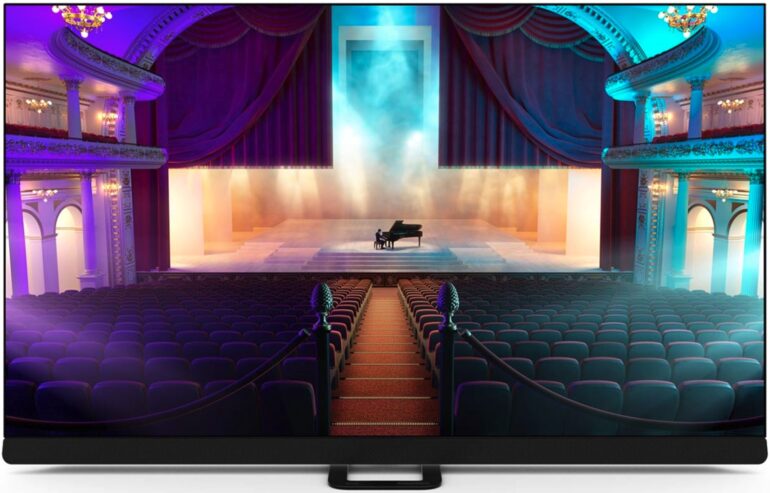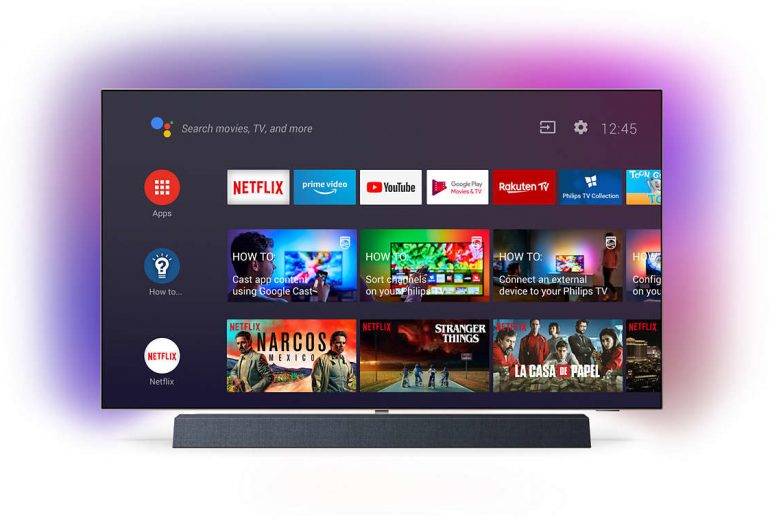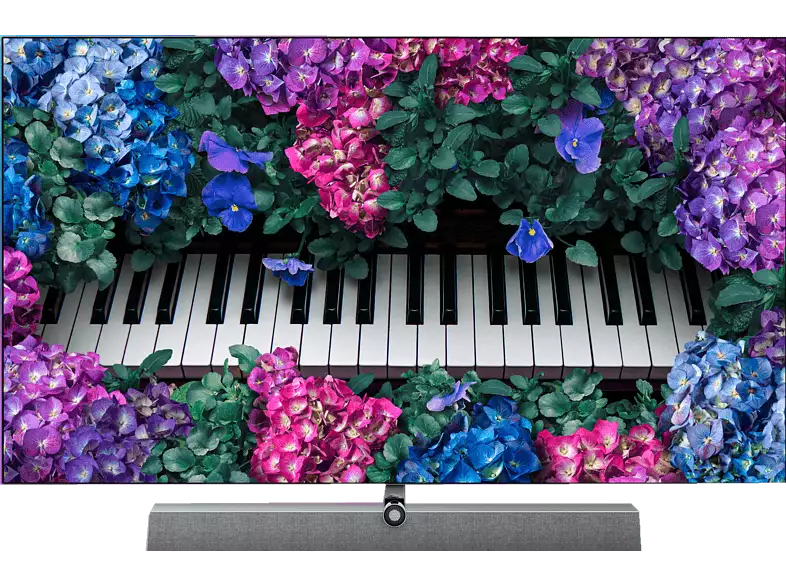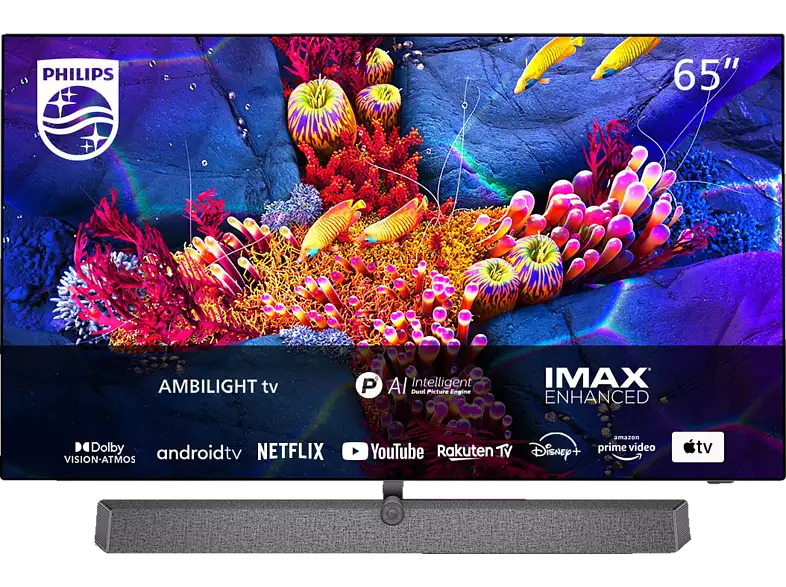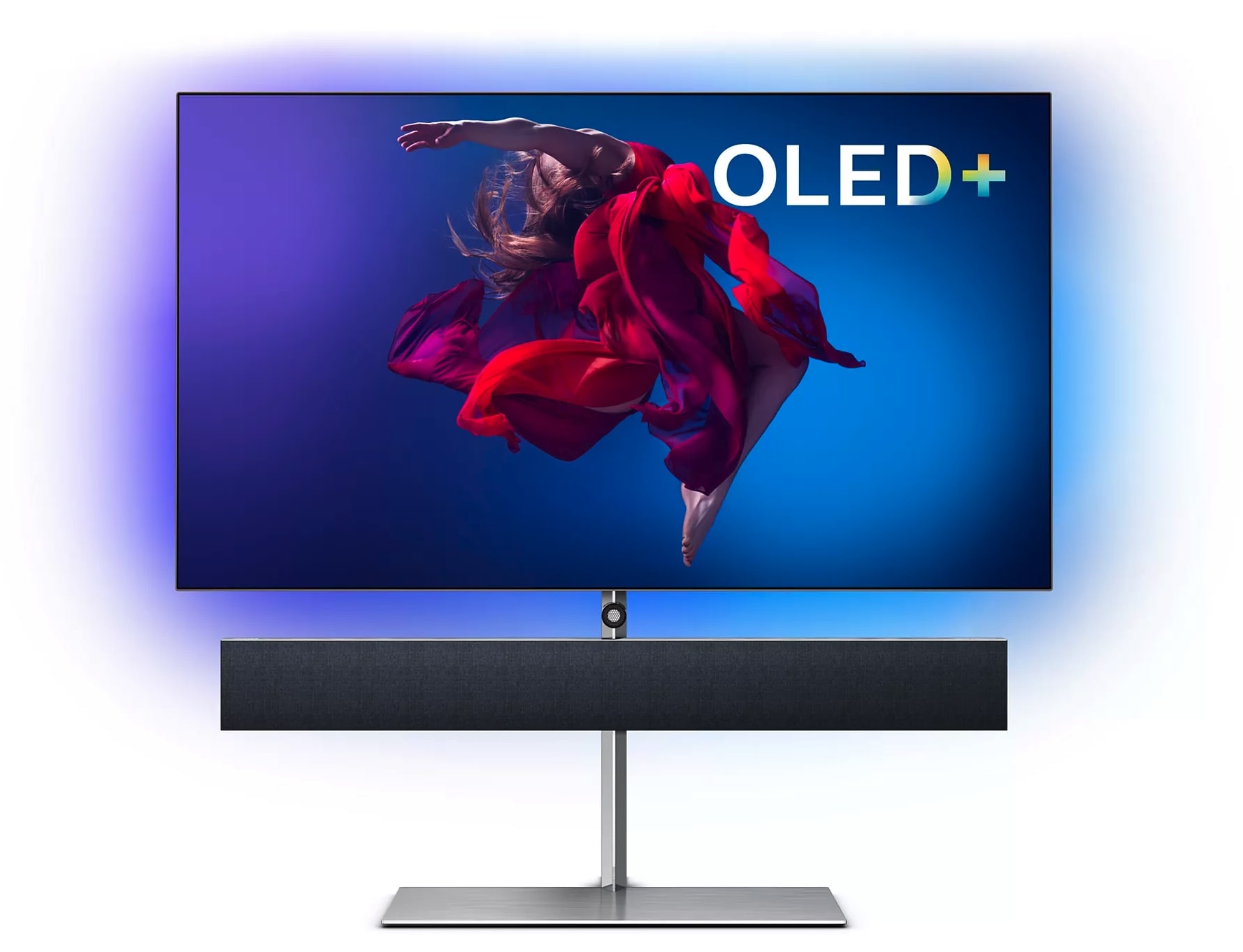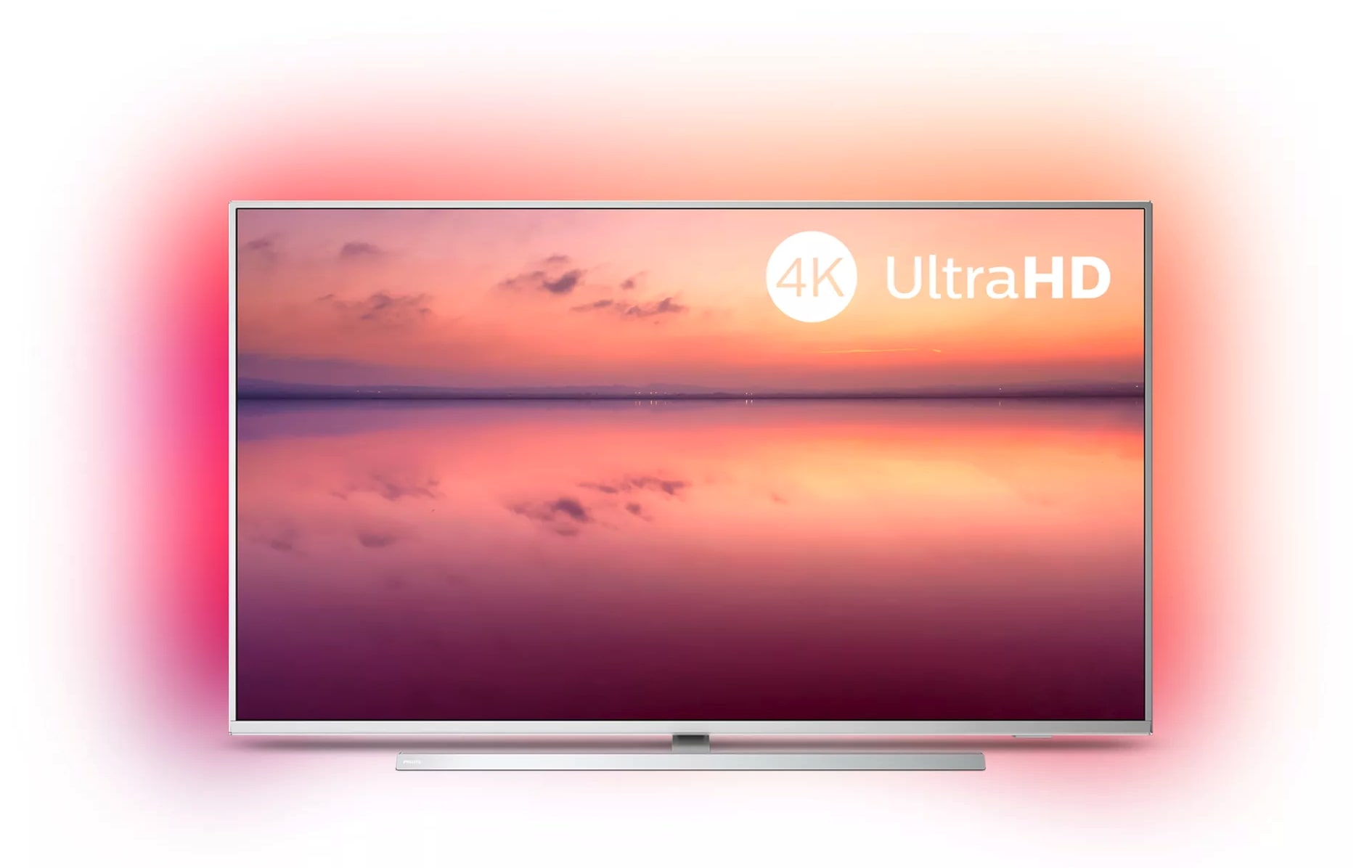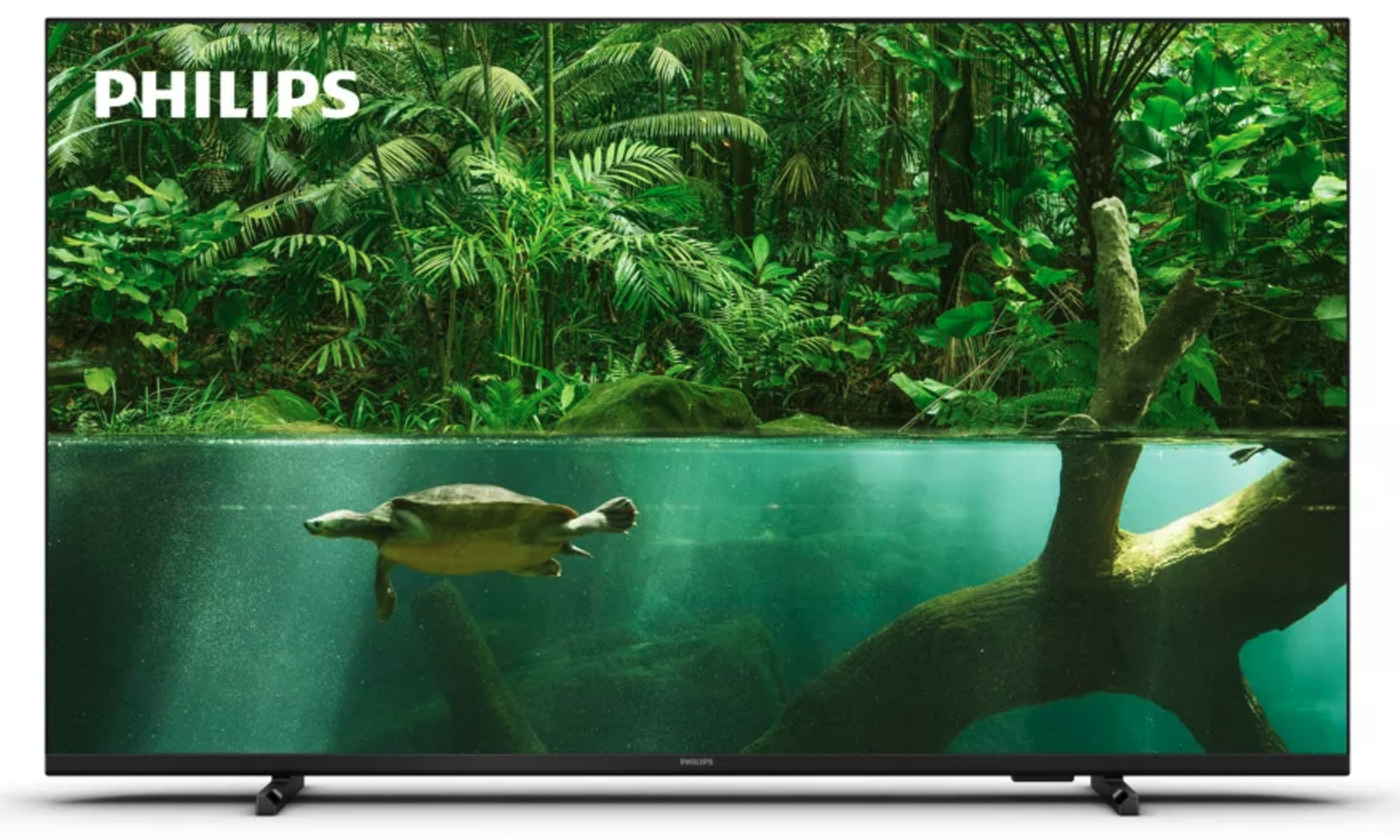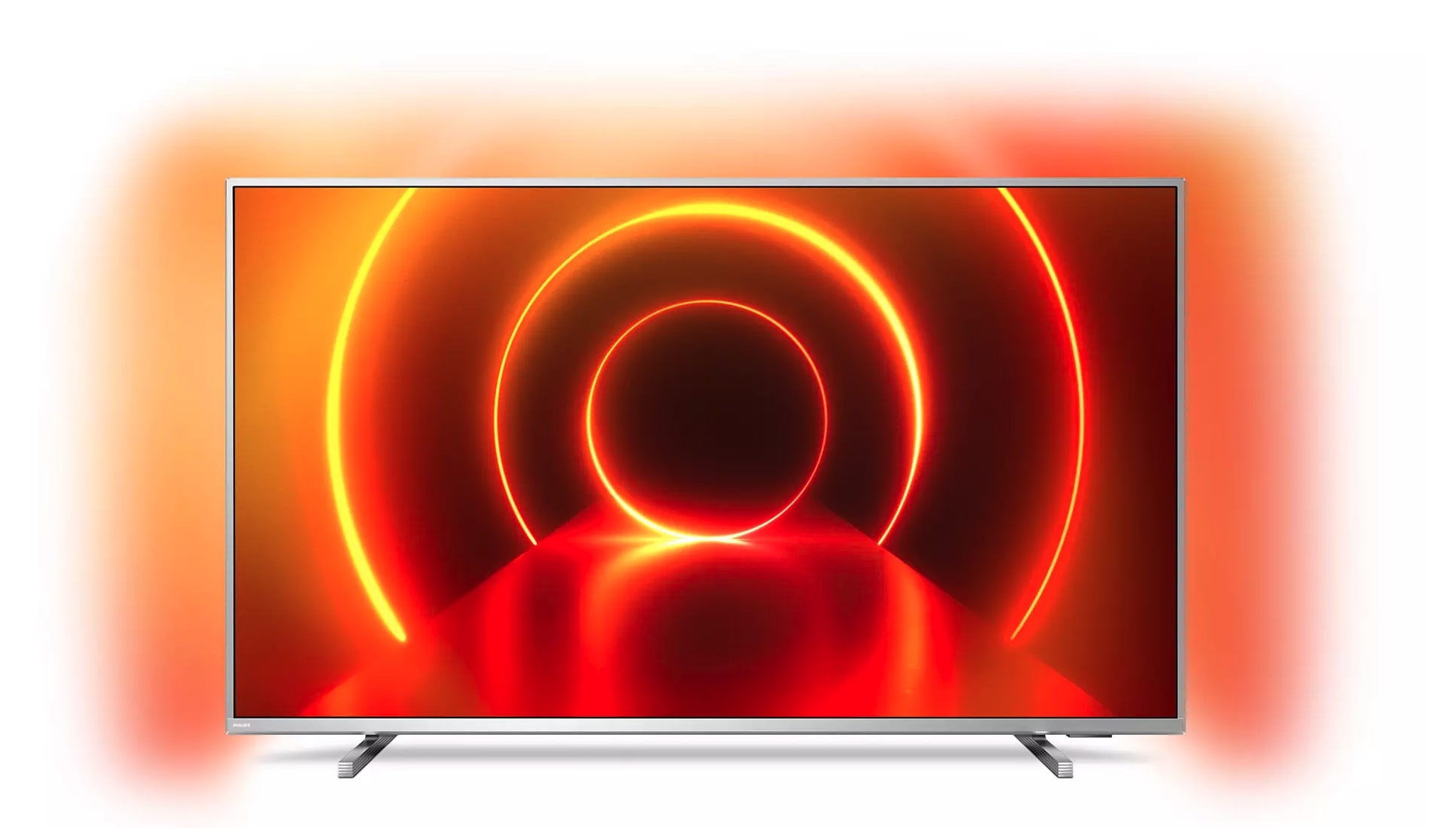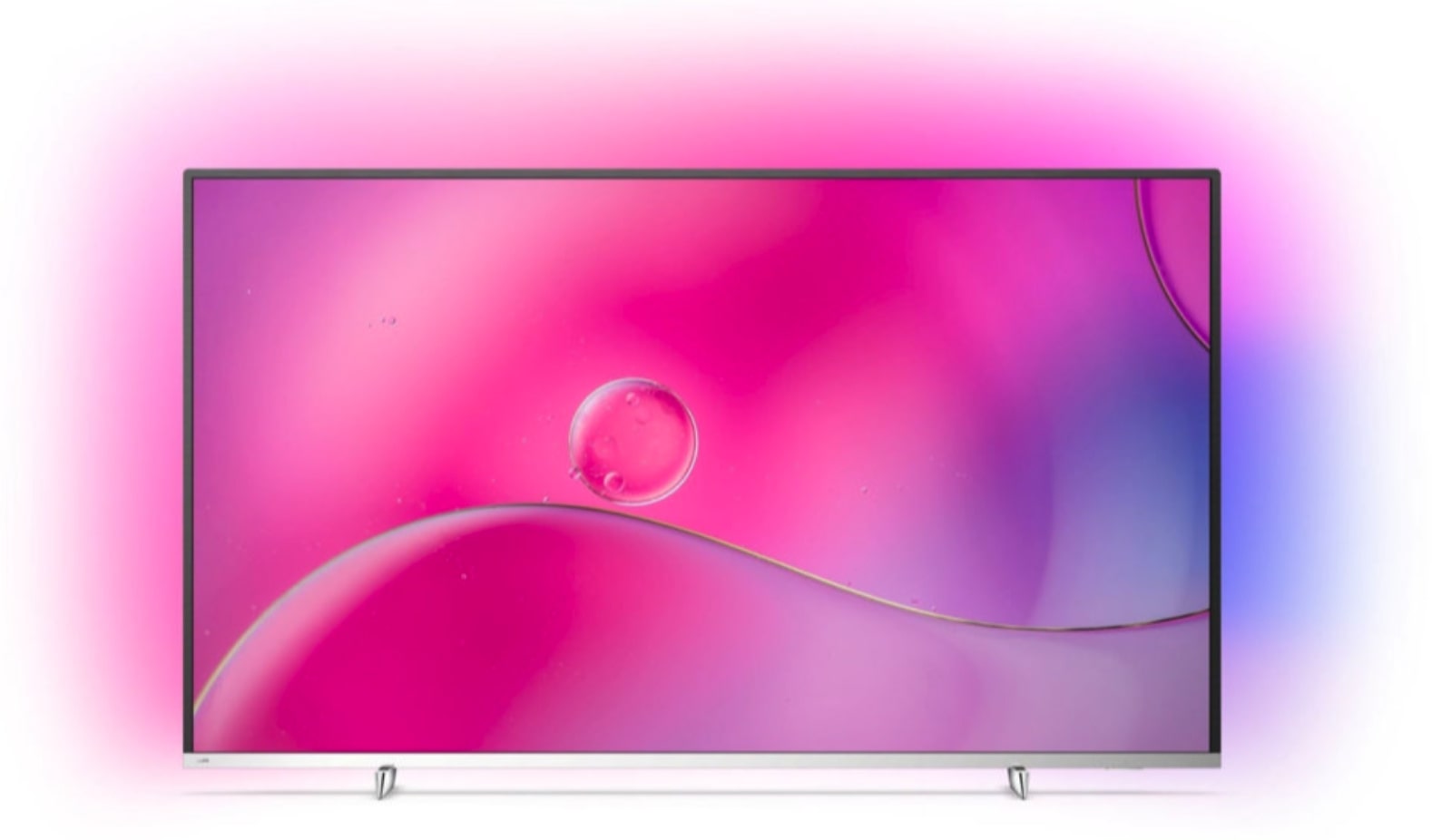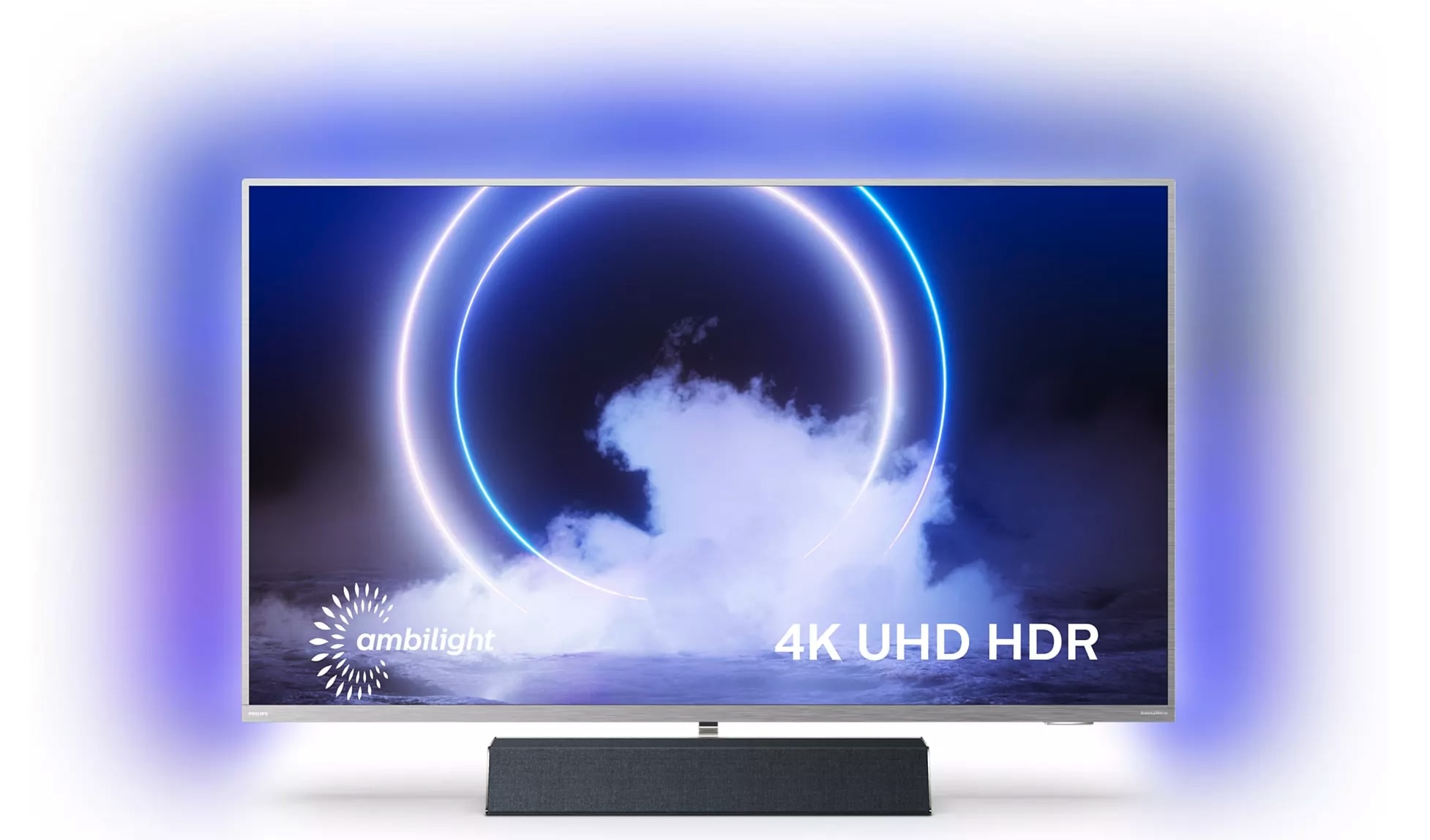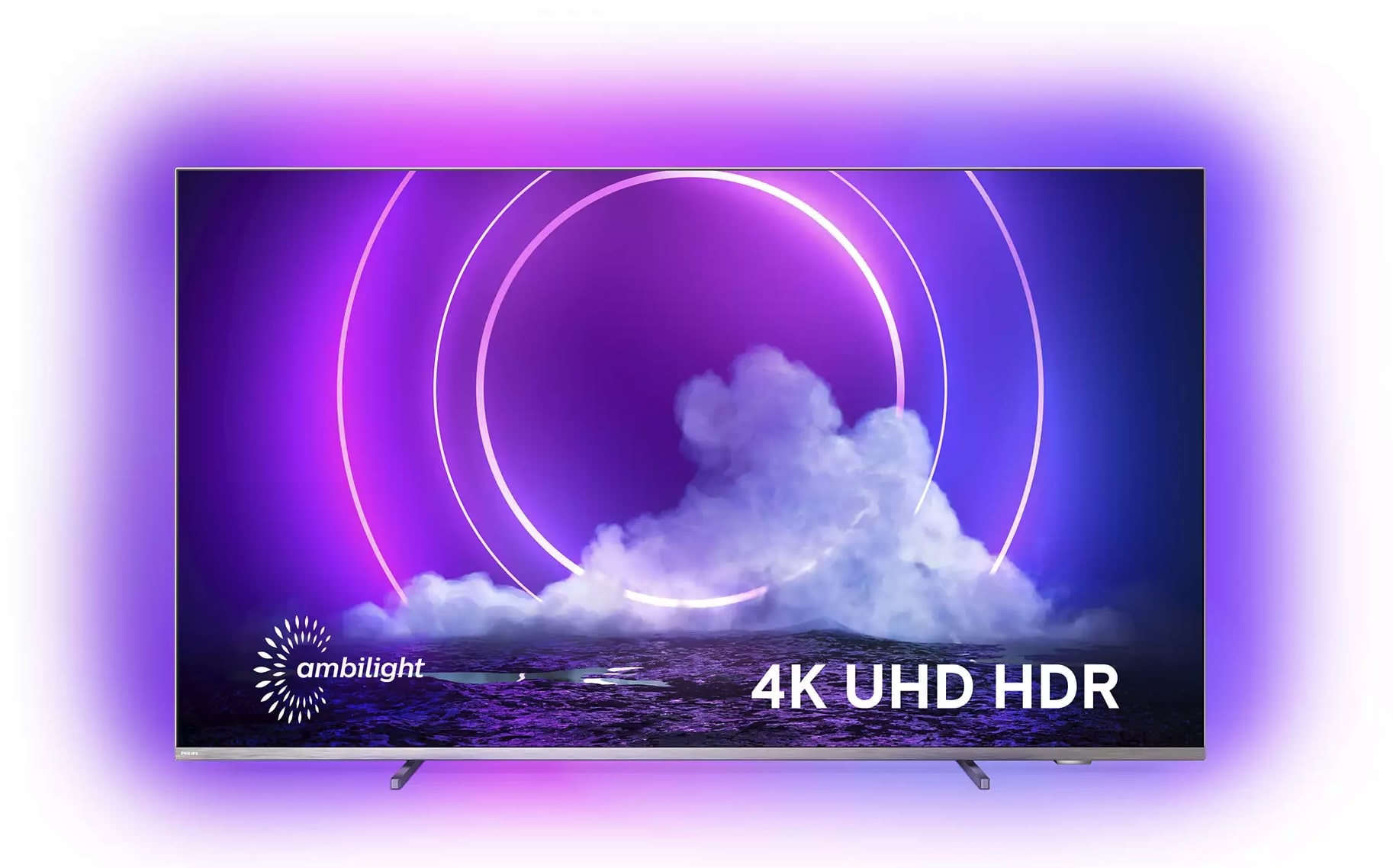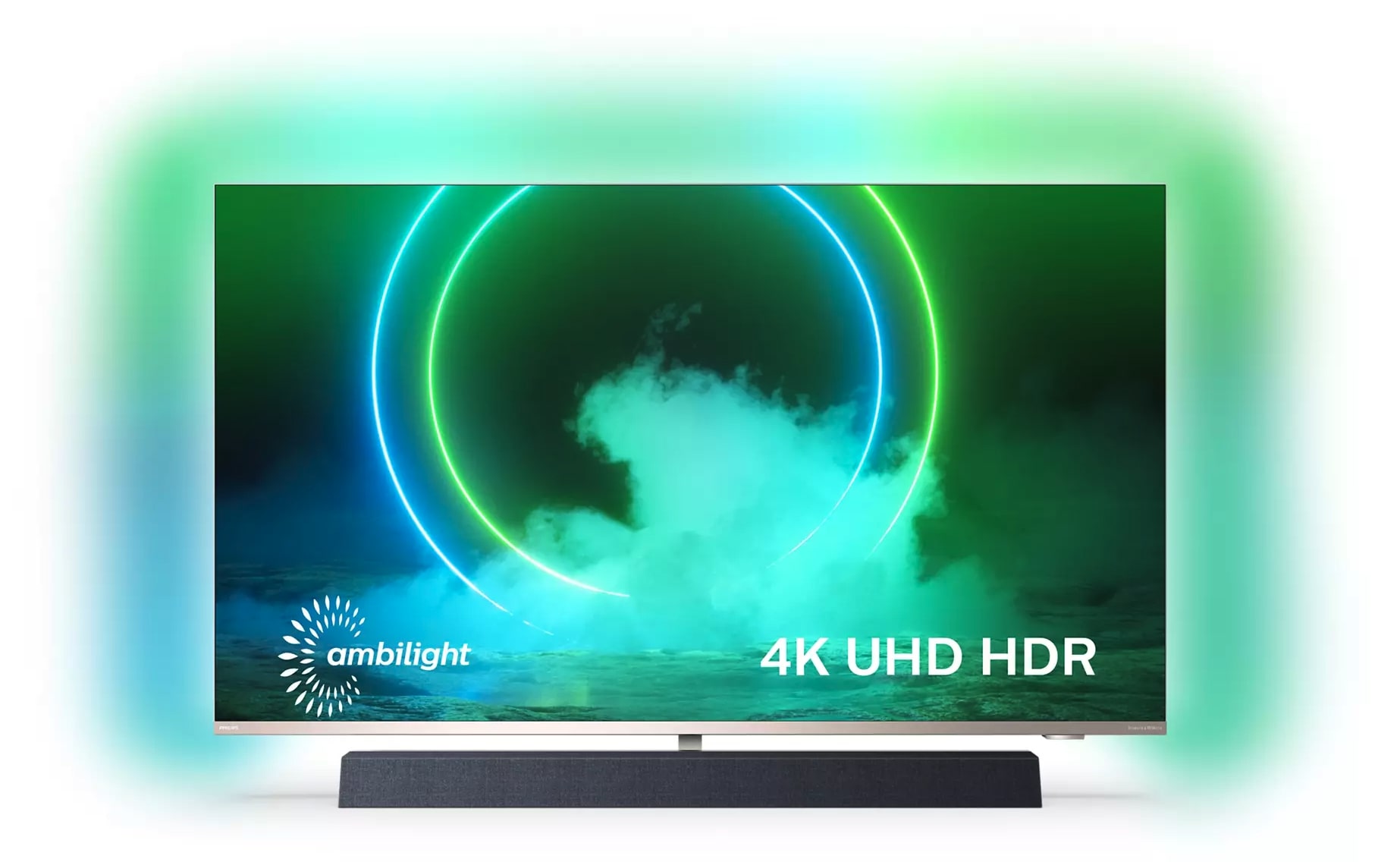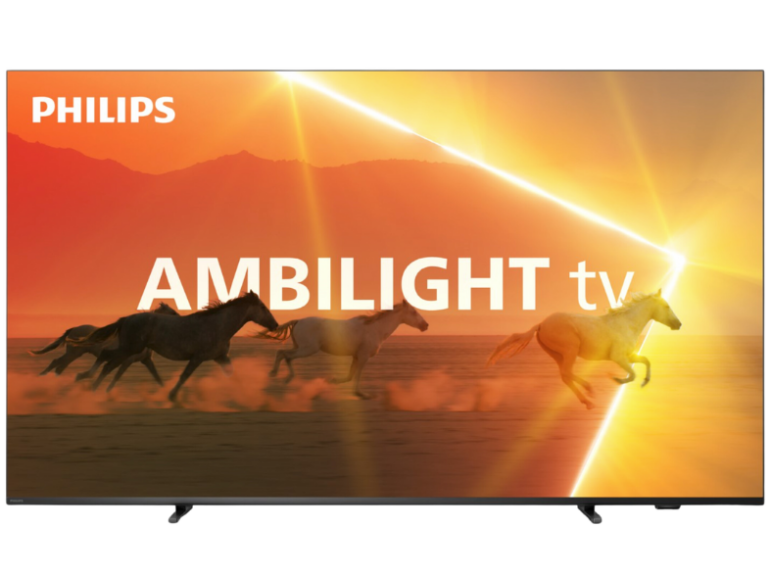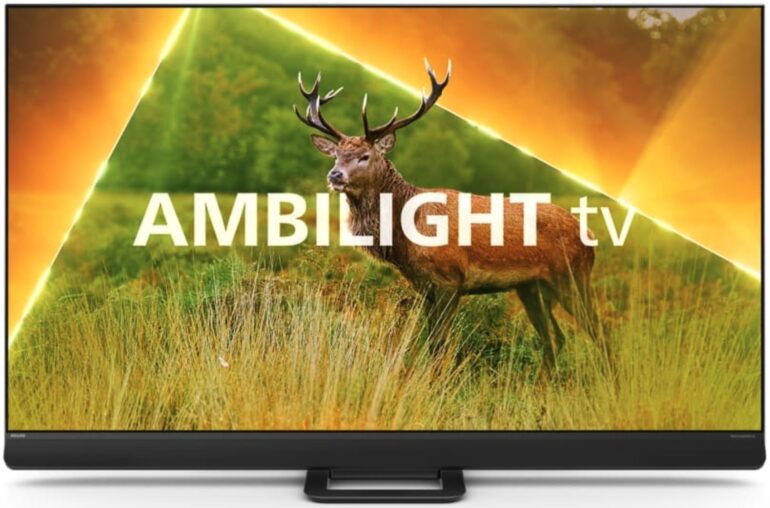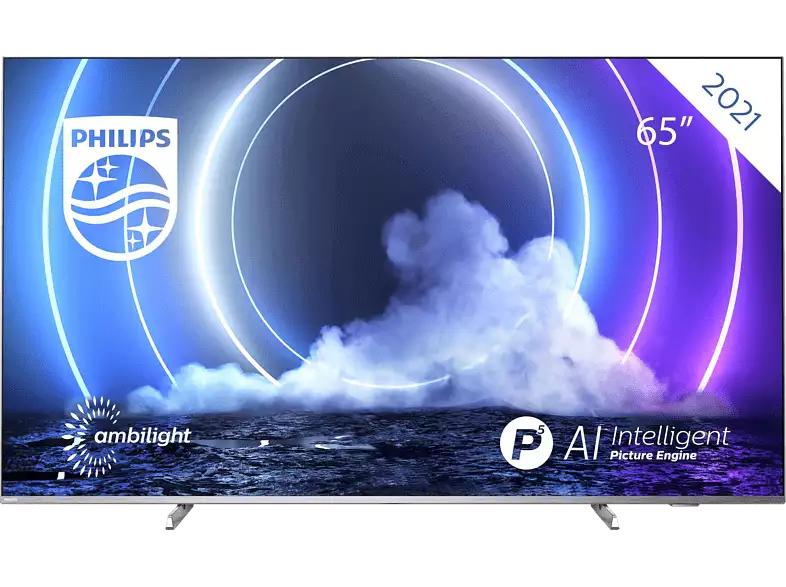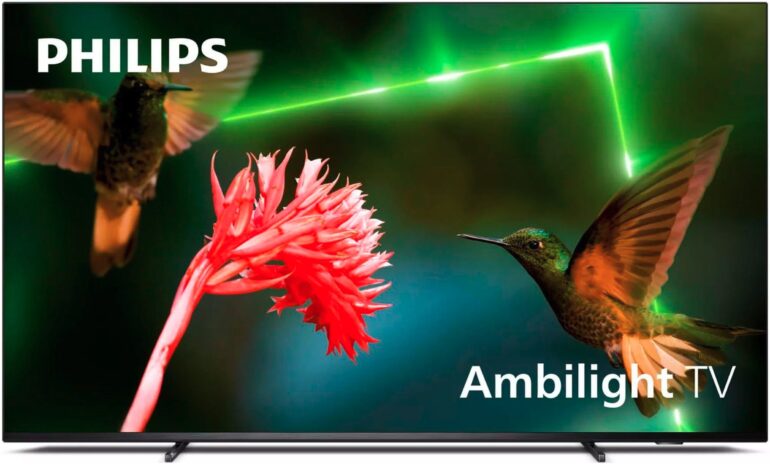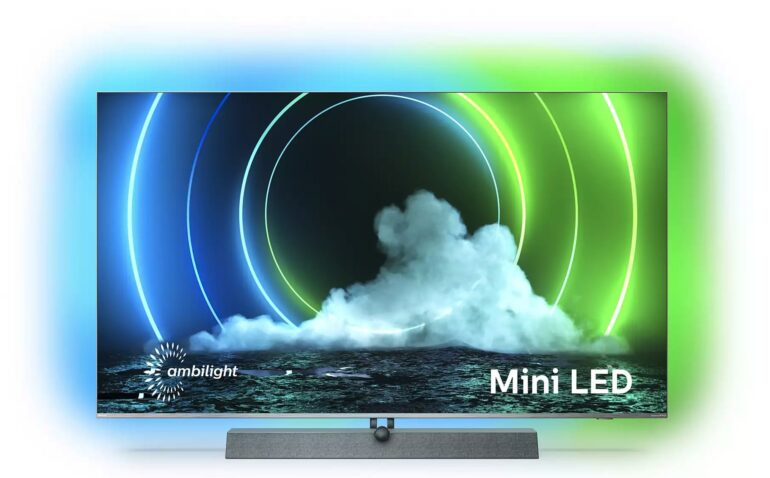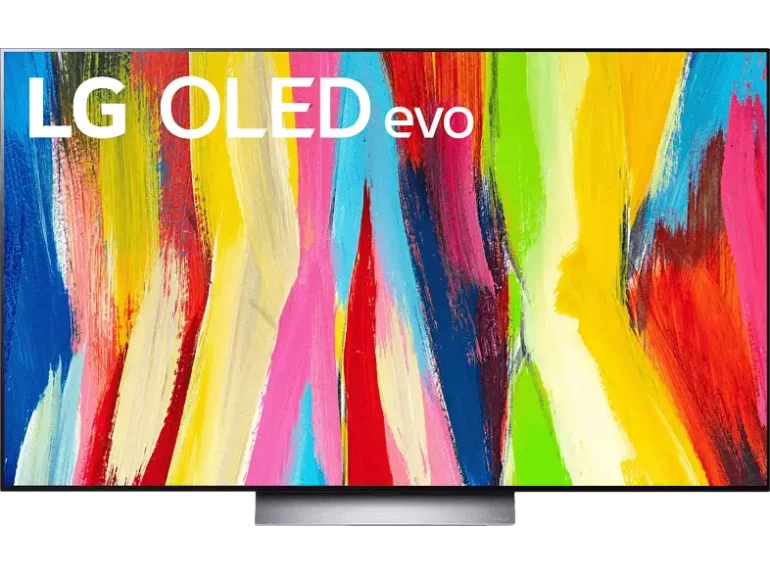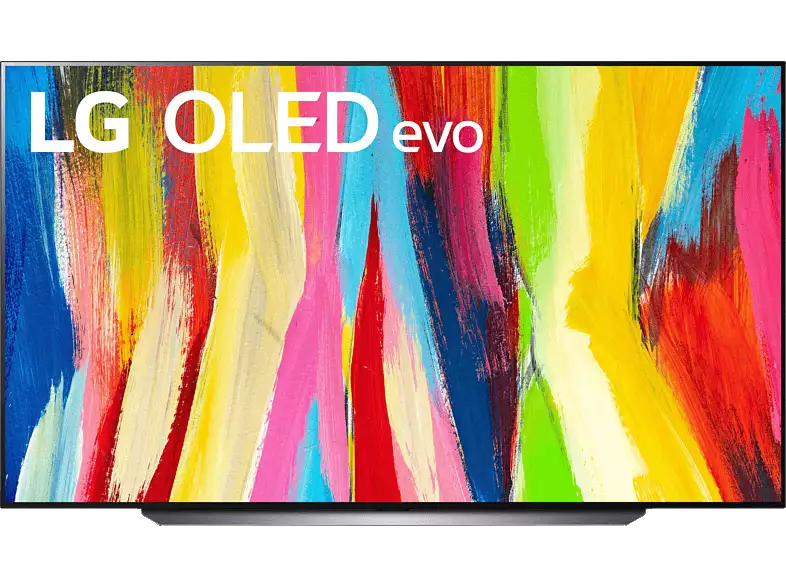OLED Models |
|---|
| OLED705 | OLED706 | OLED707 | OLED708/12 | |
| OLED754 | | | | | |
| OLED804 | OLED805 | OLED806 | OLED807 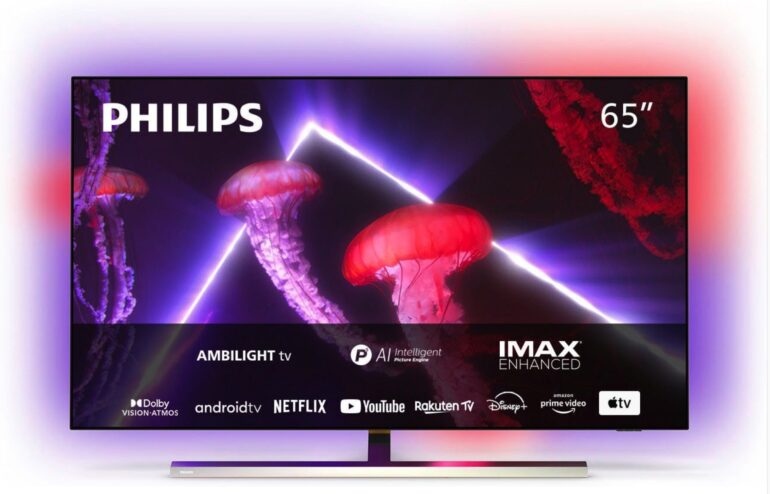 Panel Type OLED (48")
OLED.EX (55", 65", 77")
| OLED808/12 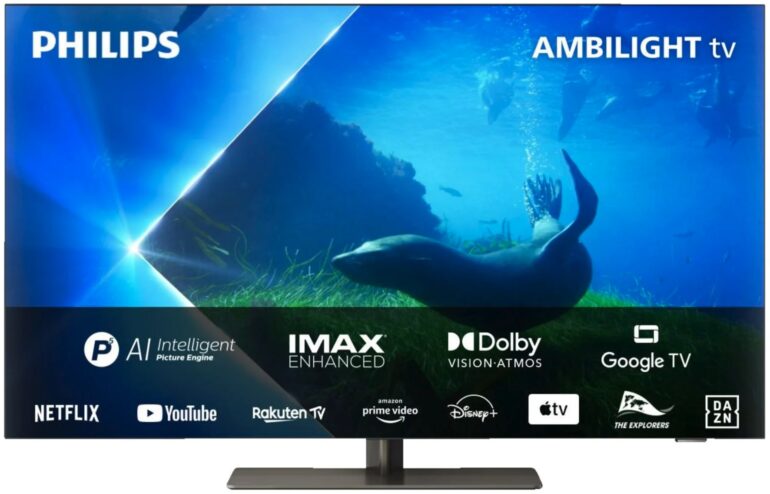 Panel Type OLED (42", 48")
OLED.EX (55", 65", 77")
Sizes 42", 48", 55", 65", 77" | |
| OLED854 | OLED855 | OLED856 | | | |
| | | OLED907 | OLED908/12 | |
| OLED934 | OLED935 | OLED936  Panel Type OLED (48")
OLED.EX (55", 65")
| OLED937 | | |
| OLED984 | | OLED986 | | | |
UHD Models |
|---|
| PUS6504 | | | | | |
PUS6704 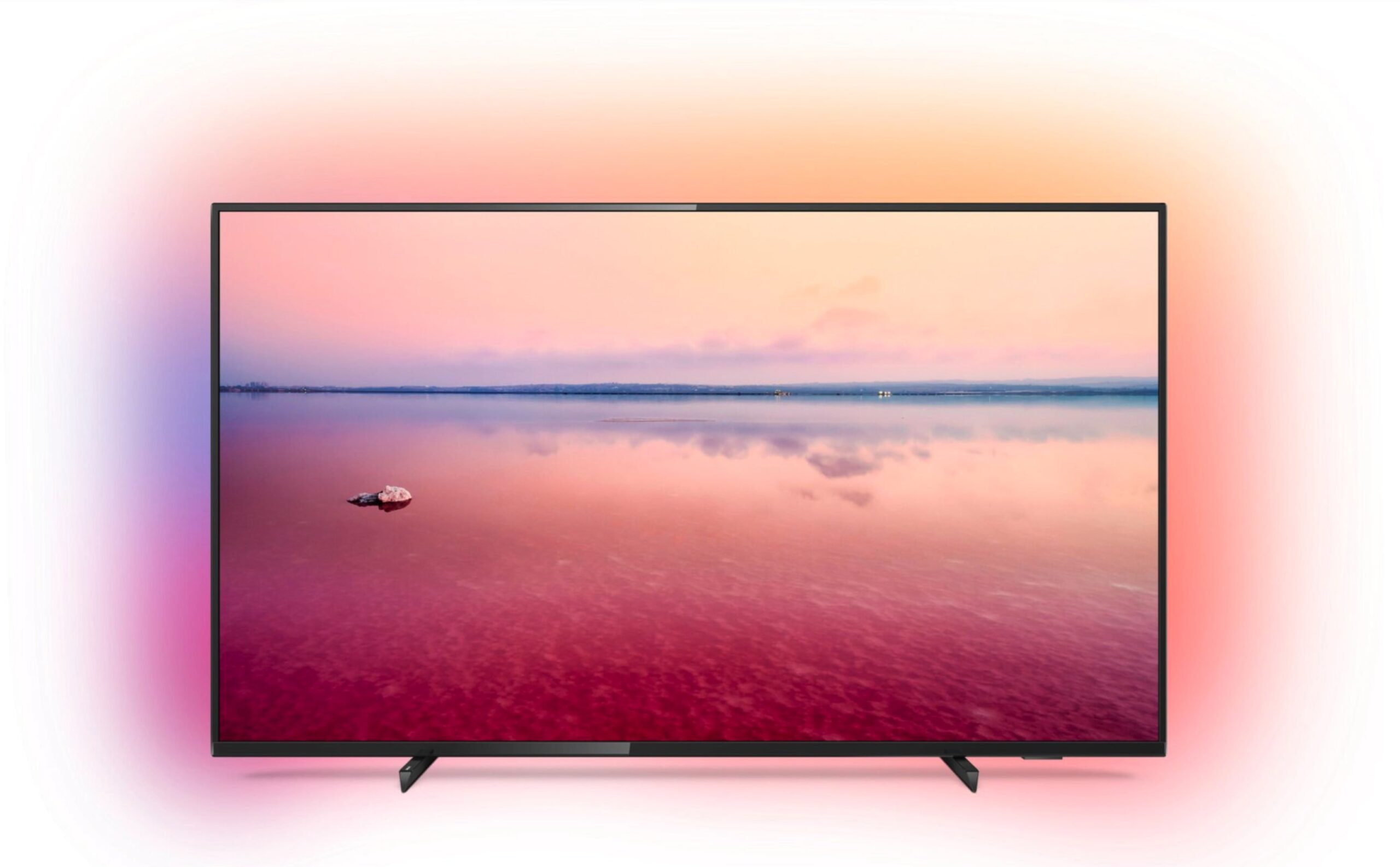 Sizes 43", 50", 55", 65", 70" | | | | | |
| PUS6814 | | | | | |
| | | | PUS7008 | |
PUS7304 The One 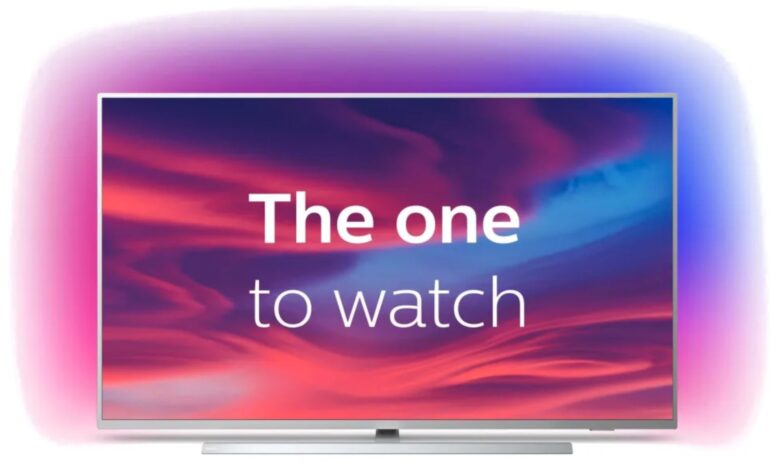 Panel Type IPS (43", 55", 65")
VA (50", 58", 70")
Sizes 43", 50", 55", 58", 65", 70" | | | | | |
PUS7504 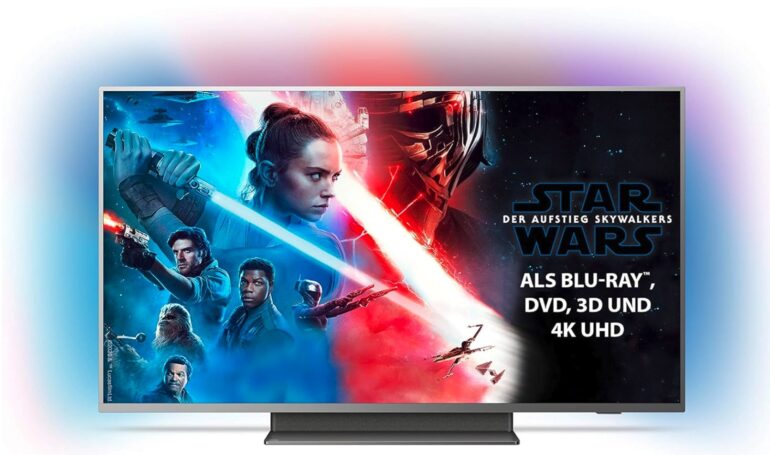 Panel Type VA (50")
IPS (55")
| PUS7505 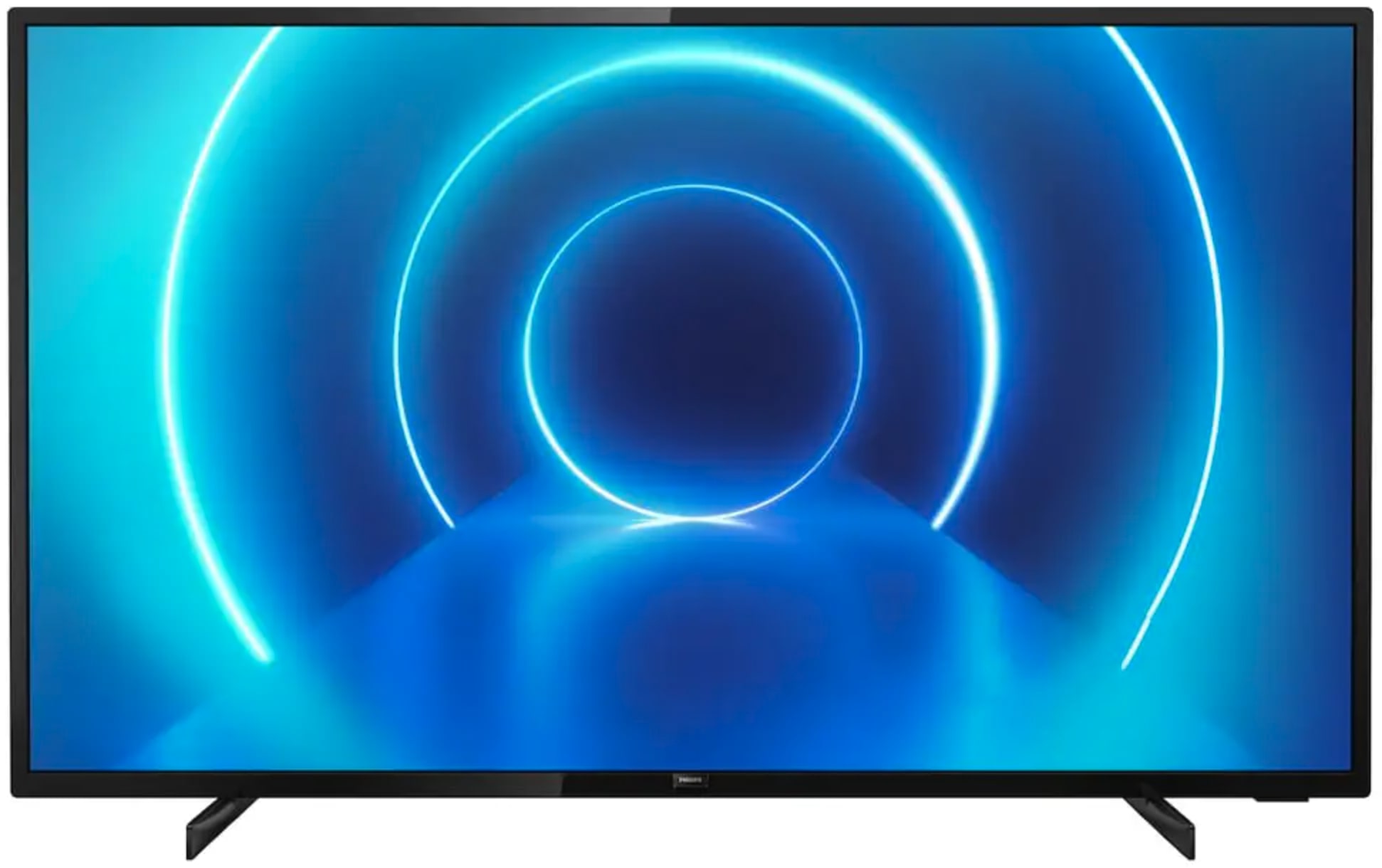 Panel Type VA (IPS bei 43") | PUS7506 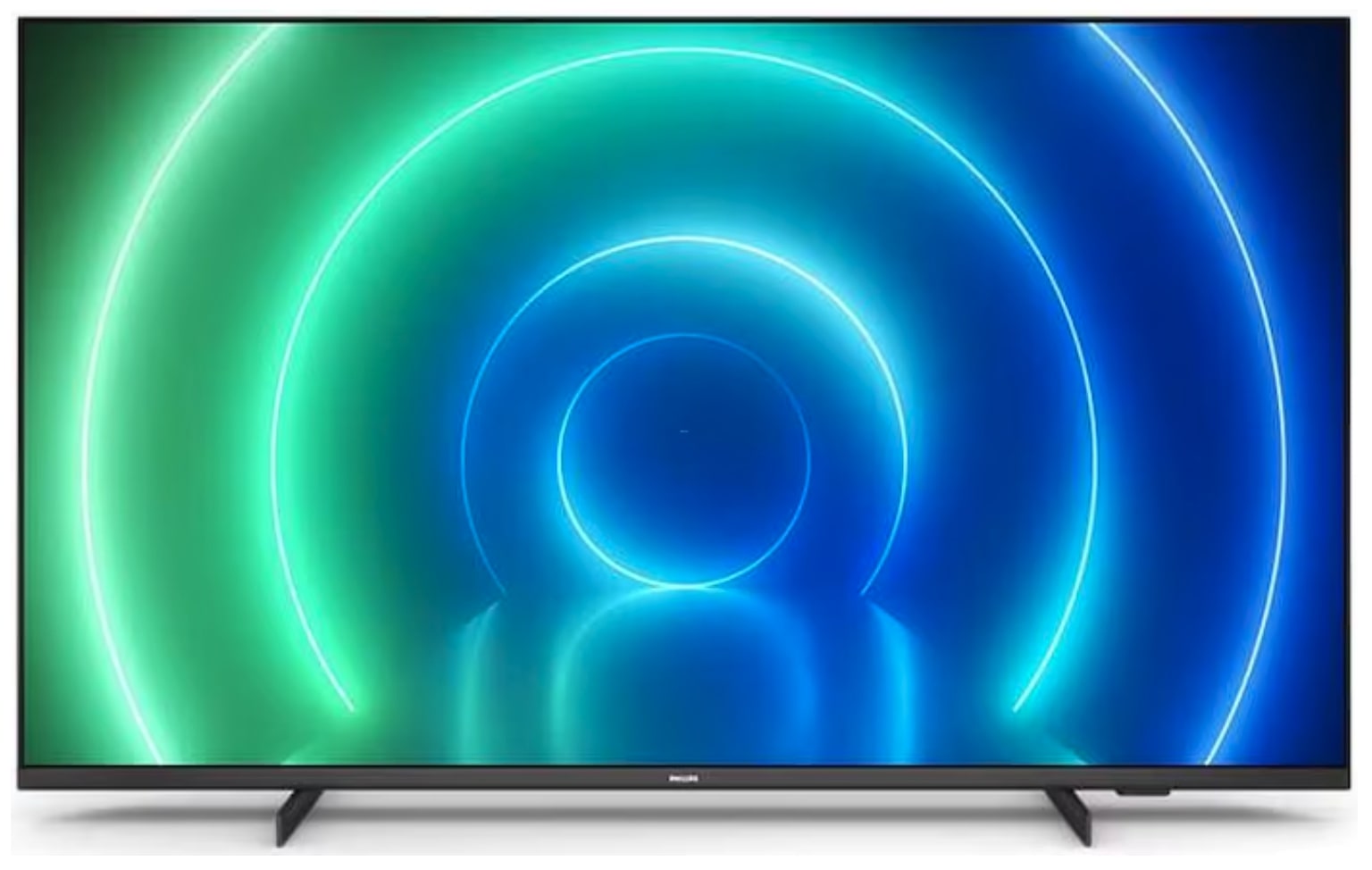 Panel Type IPS (VA bei 50") | | | |
| | | PUS7607 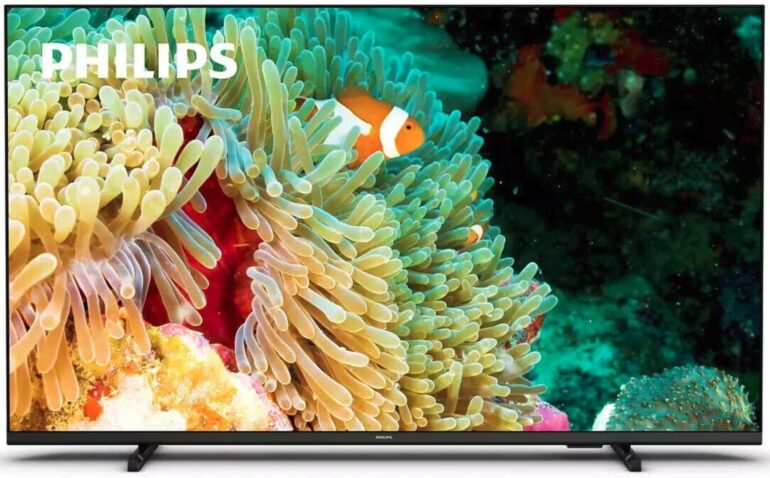 Panel Type IPS (43", 55", 70")
VA (50")
| PUS7608/12 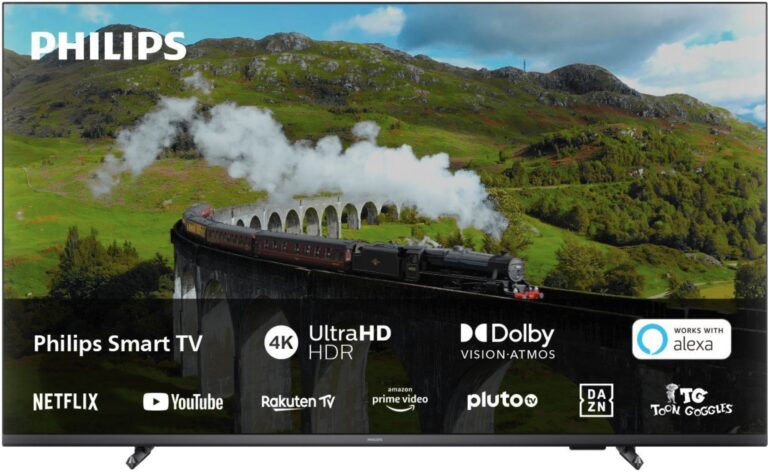 Panel Type IPS (43", 55", 65")
VA (50", 75")
Sizes 43", 50", 55", 65", 75" | |
| PUS7805 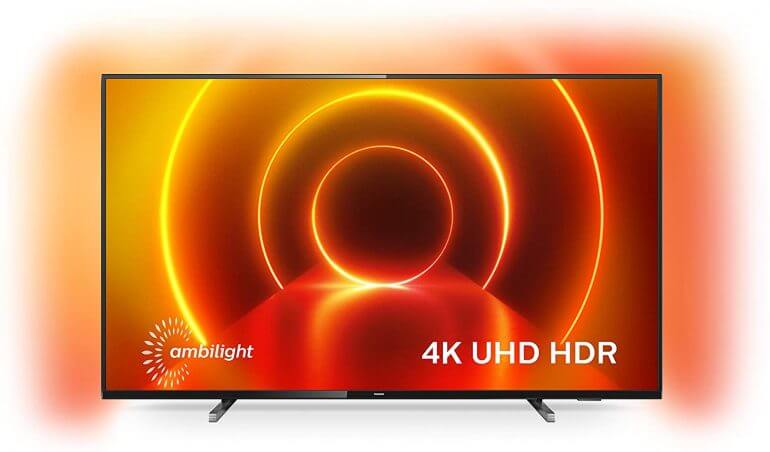 Sizes 43", 50", 55", 58", 65", 70", 75" | | | | |
| | PUS7906  Sizes 43", 50", 55", 65", 70", 75" | | | |
| | | PUS8007 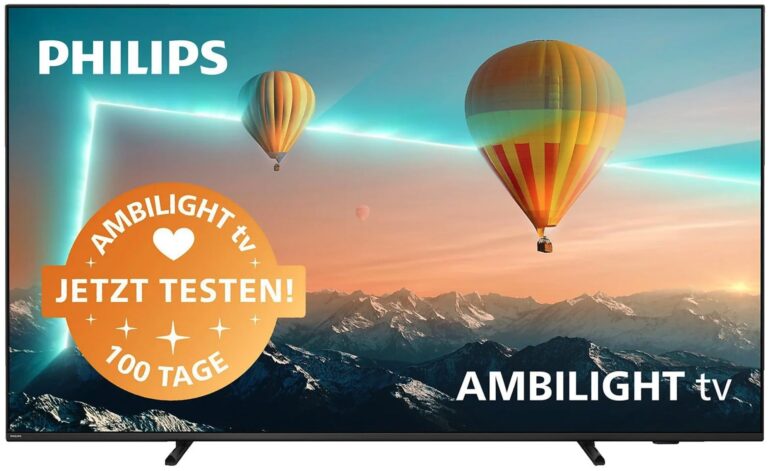 Panel Type IPS (43", 55", 65", 75")
VA (50", 70")
Sizes 43", 50", 55", 65", 70", 75" | | |
| PUS8105 | | | PUS8108/12 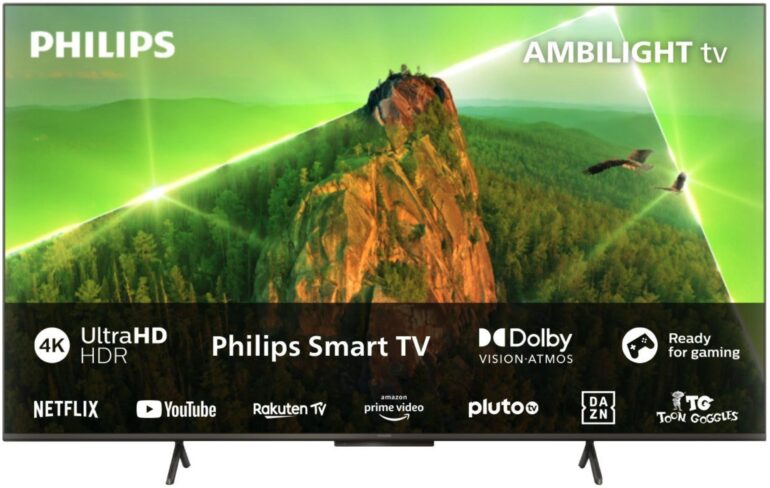 Panel Type IPS (43", 55", 65", 75")
VA (50", 70")
Sizes 43", 50", 55", 65", 70", 75" | |
| PUS8505 The One 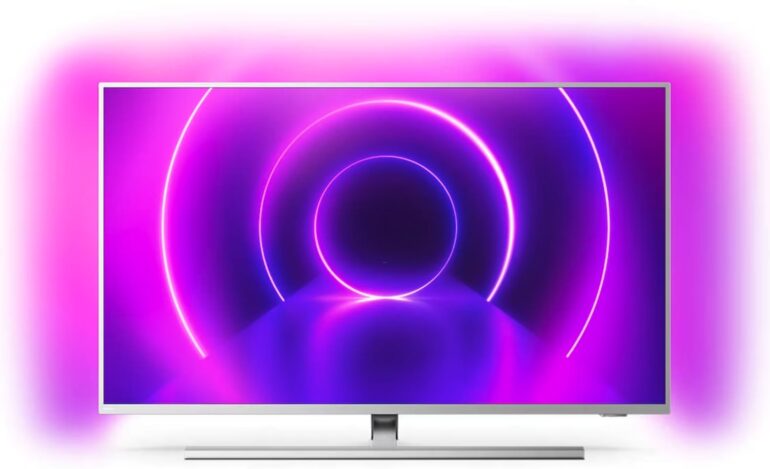 Panel Type IPS (43", 65", 75")
VA (50", 58", 70")
Sizes 43", 50", 58", 65", 70", 75" | PUS8506 The One  Panel Type VA (43", 50", 58", 70", 75")
IPS (65")
Sizes 43", 50", 58", 65", 70", 75" | PUS8507 The One 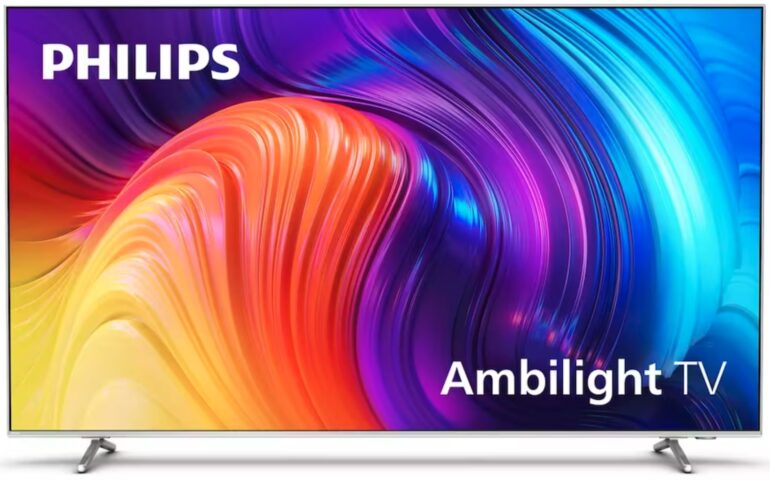 Panel Type VA (43", 50", 58")
IPS (65")
| PUS8508/12 The One 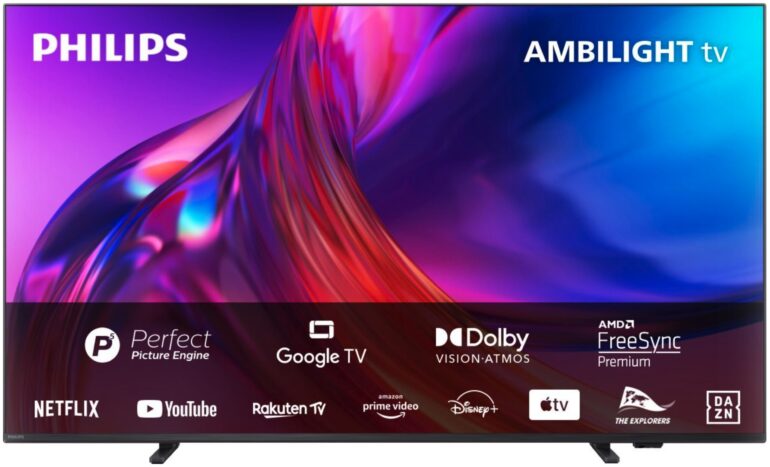 Panel Type VA (43", 50")
IPS (55", 65")
| |
PUS8804 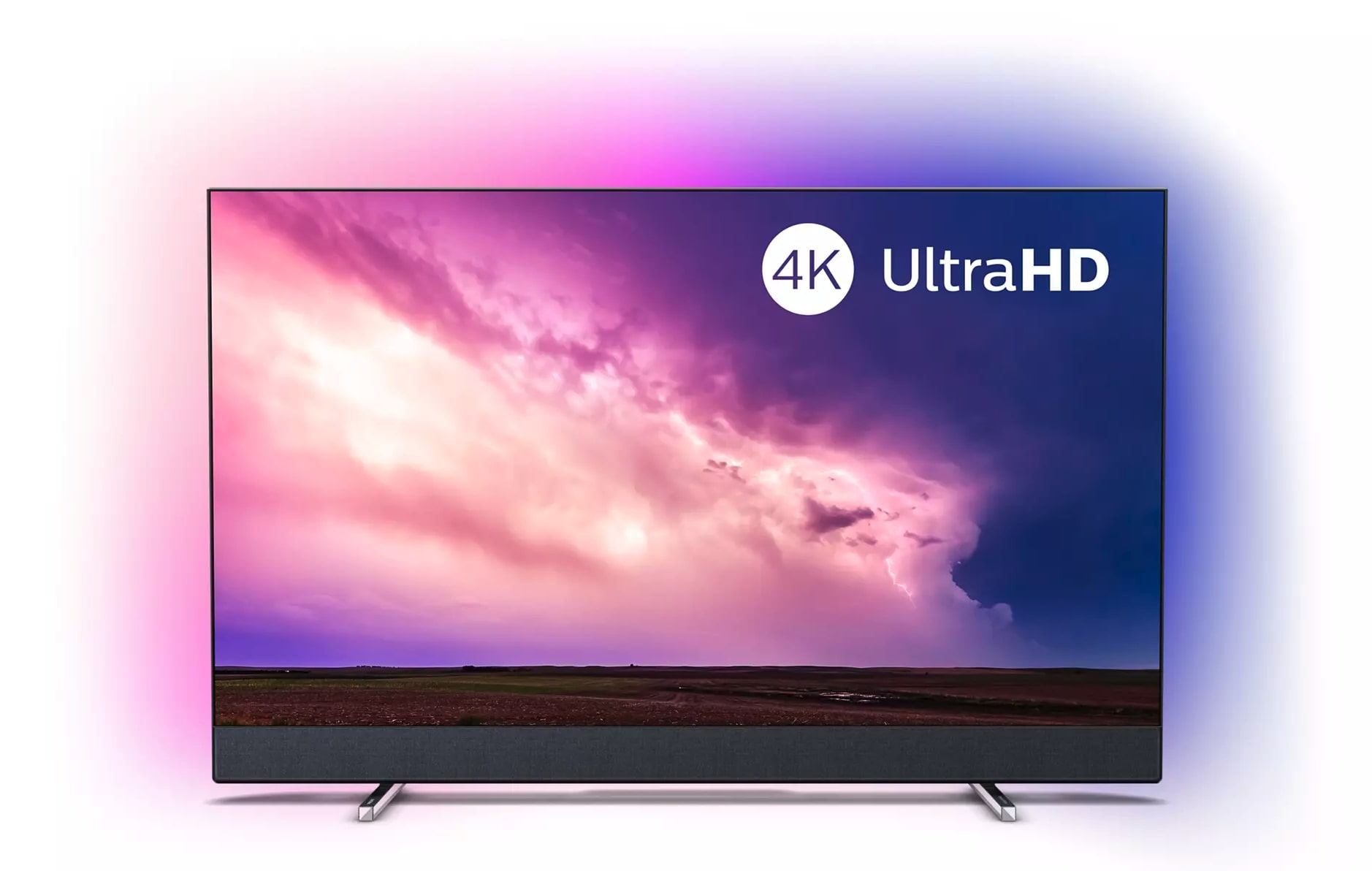 Panel Type IPS (VA bei 50") | | | PUS8807 The One  Panel Type VA (43", 50", 75", 86")
IPS (55", 65")
Sizes 43", 50", 55", 65", 75", 86" | PUS8808/12 The One 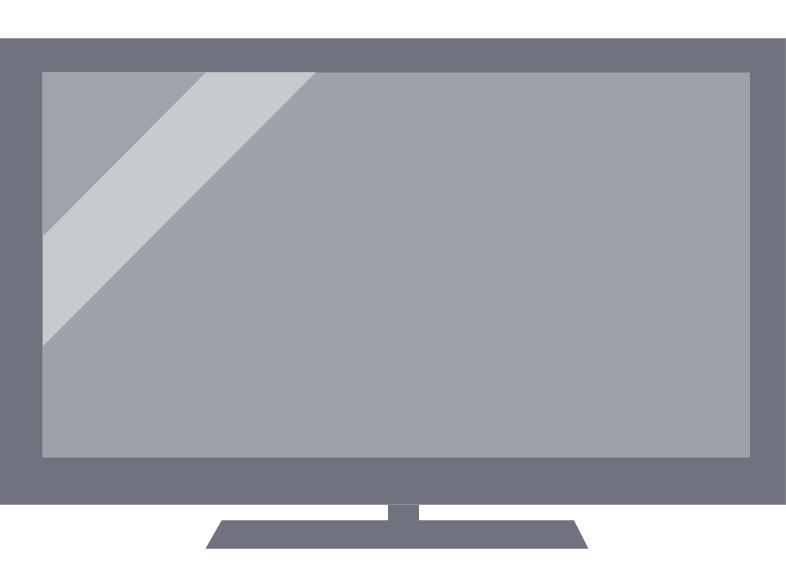 Panel Type VA (43", 50", 85")
IPS (55", 65", 75")
Sizes 43", 50", 55", 65", 75", 85" | |
| PUS9005 | | | | |
| PUS9104 | | | | | |
| PUS9235 | PUS9206 | | | |
| PUS9435 | | | | |
Mini-LED Models |
|---|
| | | | PML9008/12 The Xtra | |
| | | | PML9308/12 The Xtra | |
| | PML9506 | PML9507 | | |
| | PML9636 | | | |
Changes |
|---|
Concept of the OLED973 with soundbar stand introduced in 2018 has been adopted and continued in the OLED934 in collaboration with Bowers & Wilkins Philips launches OLED984 with exclusive stand design and B&W sound solution as a designer device Within the PUS7304 series, Philips promotes the label “The One” Performance Series New OLED entry modell is the OLED754
| In fact, the OLED705 was not released until 2021, but is based on the hardware of the 2020 line-up “The One” Performance Series makes a leap and is now used as a brand for the PUS8500 series models Philips expands its cooperation with B&W. PUS9235 and PUS9435 now also come with their own soundbar base
| OLED.EX enters the Philips line-up for the first time and is available on OLED936 and OLED986 models The PML9506 and PML9636 are Philips’ first mini LED devices. PML9636 additionally gets a sound bar substructure from B&W OLED series and the mini-LEDs devices are equipped with HDMI 2.1 New design TV as successor of the OLED984 of 2019 is presented
| The OLED807 has been equipped with an OLED.EX panel (except 48-inch version). Additional heat sink is installed in devices of the 900 series Selected 2023 models get Ambilight Next-Generation with separately controllable LEDs The “The One” Performance Series gets an update with HDMI 2.1 and a 120 HertzHertz is the derived SI-unit of frequency with 1Hz=1/s – When talking about TVs this means how many different pictures a TV can display in one second. panel for the first time with the PUS8807. OLED series and premium devices now feature IMAX Enhanced support
| New OLED.EX panel based on Micro Lens Array technology is used in the OLED908 OLED937 series with soundbar stand will not be continued in 2023 The model “The Xtra” is introduced within the Mini-LED series
|
| Philips TV Lineup 2020 | Philips TV Lineup 2021 | Philips TV Lineup 2022 | Philips TV Lineup 2023 | |
|---|

